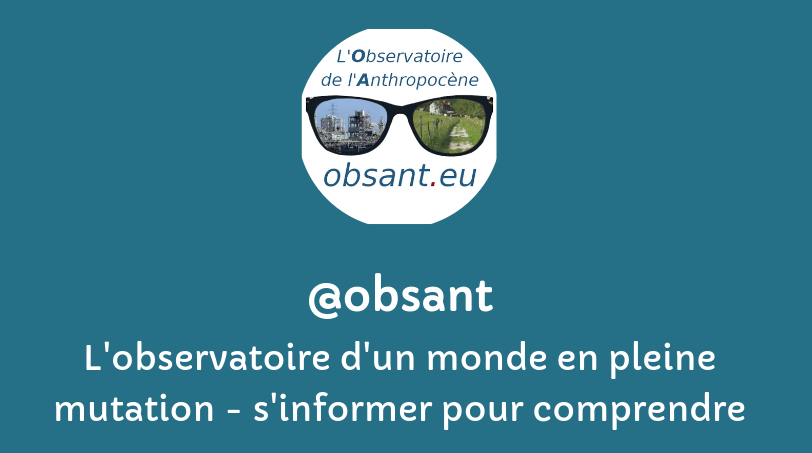filtre:
exceeding
2025
2024 was the hottest year on record [1], with global temperatures exceeding 1.5 °C above preindustrial climate conditions for the first time and records broken across large parts of Earth’s surface. Among the widespread impacts of exceptional heat, rising food prices are beginning to play a prominent role in public perception, now the second most frequently cited impact of climate change experienced globally, following only extreme heat itself [2]. Recent econometric analysis confirms that abnormally high temperatures directly cause higher food prices, as impacts on agricultural production [3] translate into supply shortages and food price inflation [4, 5]. These analyses track changes in overall price aggregates which are typically slow-moving, but specific food goods can also experience much stronger short-term price spikes in response to extreme heat.
Recent projections suggest that large geographical areas will soon experience heat and humidity exceeding limits for human thermoregulation. The survivability limits modeled in that research were based on laboratory studies suggesting that humans cannot effectively thermoregulate in wet bulb temperatures (Twb) above 26 to 31 °C, values considerably lower than the widely publicized theoretical threshold of 35 °C. The newly proposed empirical limits were derived from the Twb corresponding to the core temperature inflection point in participants exposed to stepped increases in air temperature or relative humidity in a climate-controlled chamber. Despite the increasing use of these thermal-step protocols, their validity has not been established. We used a humidity-step protocol to estimate the Twb threshold for core temperature inflection in 12 volunteers.
January 2025 was the 18th month in a 19-month period with a global-average surface air temperature exceeding 1.5ºC above pre-industrial levels. According to the Copernicus Climate Change Service…
![]()




